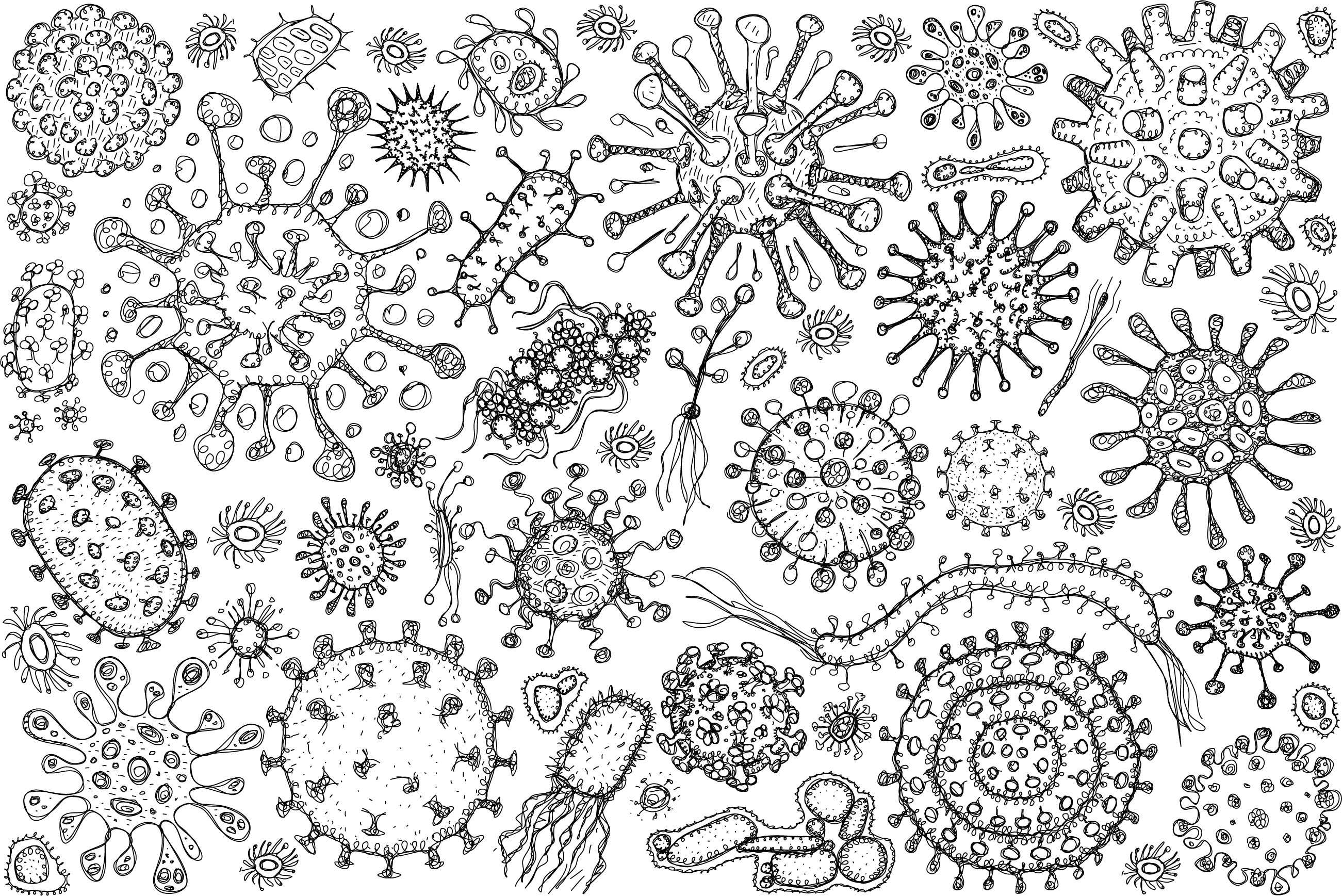
Abstract: Burkholderia cenocepacia is an opportunistic pathogen correlated with increased disease severity and mortality in cystic fibrosis (CF) patients. One major difficulty when treating these infections in CF is the poor relationship between in vitrosusceptibility and clinical outcome. Previous analysis of CF sputum samples showed elevated levels of zinc and iron ions and an acidic pH (2.9–6.5) compared to healthy individuals. Additionally, B. cenocepacia grows at an acidic pH (~3.5) in vitro and persists for 24 h in the intracellular acid compartments of amoebas and macrophages. We seek to understand the impact of acidic pH and increased zinc and iron concentrations on antibiotic susceptibility in the CF nutritional environment. The Synthetic Cystic Fibrosis sputum Media (SCFM) was modified to represent the acidic pH and increased zinc and iron concentrations found in CF sputum (SCFM-FeZn). We found that the nutritional environment modulated B. cenocepacia susceptibility to antimicrobials, and more strikingly, acidic pH decreased susceptibility to most antimicrobials used clinically to treat these infections. Finally, we assessed susceptibility against a custom compound library of antimicrobials using SCFM-FeZn agar plates. Out of 591 antibiotics, only 18 were active against B. cenocepacia at both neutral and acidic pH. Four of these compounds (novobiocin, coumermycin, mitomycin C, and streptonigrin) were selected for susceptibility assays in liquid culture. Here, we show that acidic pH modulates antimicrobial susceptibility in the CF nutritional environment and that susceptibility testing in media that mimic the host nutritional environment could pave the way to finding new therapies against infections in CF.

